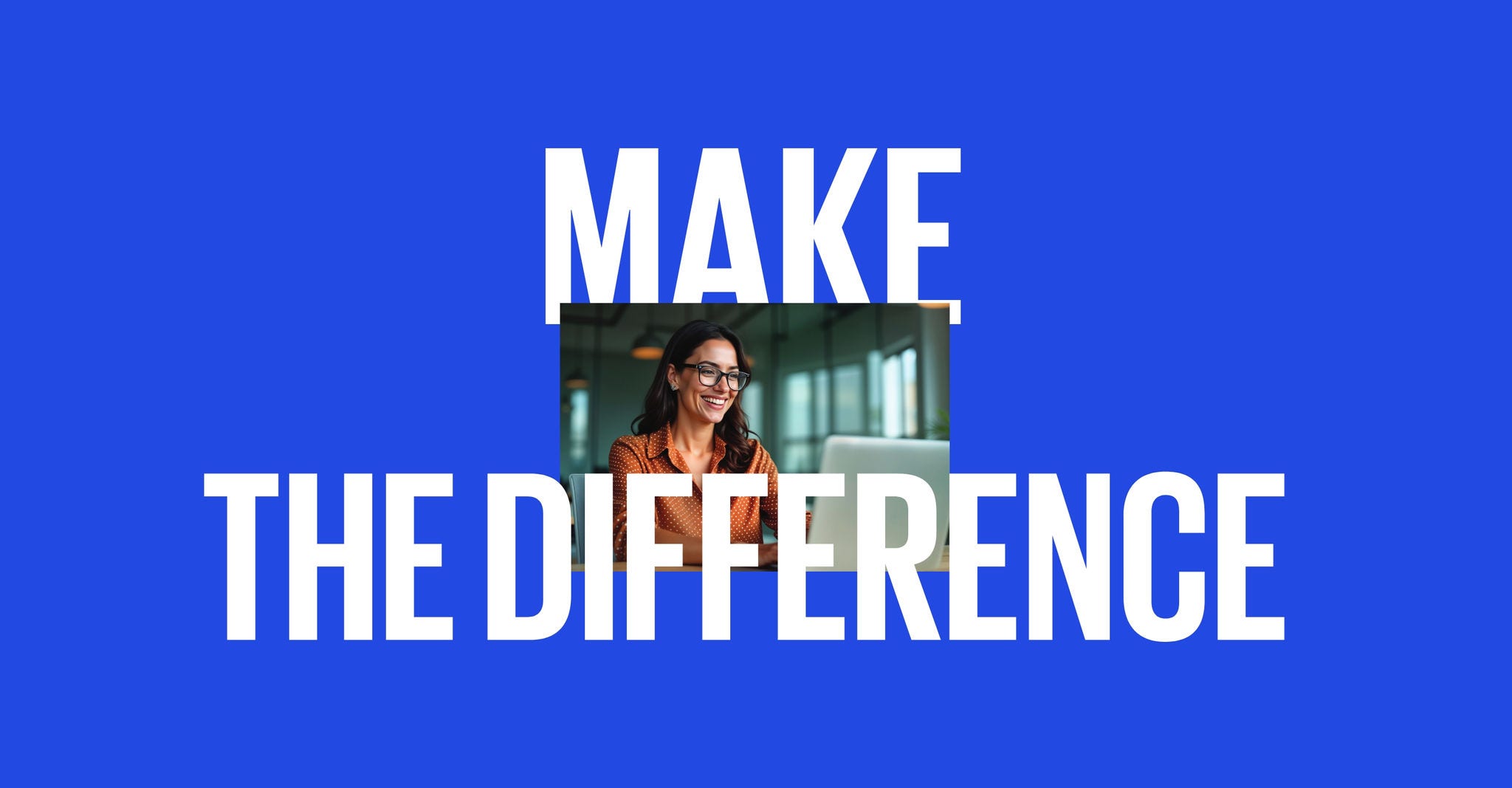Reimagine streamlined and intelligent citizen focused services
Government and public sector organisations and services need to modernise and adapt in a rapidly changing world. With budgets under pressure and value for money paramount, more must be delivered for less.
The age of remote public bureaucracy is gone. Citizens expect digital, user-friendly, personalised services that are simple to navigate and help them get their business done. The challenge – and the opportunity – to reimagine public services is huge.
At KPMG, we have unparalleled experience working across the breadth of the public sector to catalyse change. We proactively support and advise clients in central and local government, healthcare, education, social housing, police, infrastructure and transport on the pressing issues they are facing today.
Through our extensive global network, we bring together multi-disciplinary teams of sector specialists (including many practitioners who are former public servants themselves) and technical experts to help public sector bodies achieve greater effectiveness and efficiencies, drive positive business outcomes and generate more citizen-centric solutions.
We combine deep sector insight with complex IT and infrastructure expertise to deliver powerful progress across complex programmes: solutions that are shaped by experience, powered by data and balanced by the human touch.









